Cycling camera bags for Olympus and Micro Four Thirds cameras
- Team Escapar
- Apr 26, 2021
- 6 min read
Micro Four Thirds cameras are quite possibly the best compromise between size, weight and performance when it comes to combining cycling and other outdoor activities like snowboarding and climbing. Performance-wise (noise, ISO performance and raw processing) we've found that the difference between and MFT and APS-C is negligible and easily mitigated with good processing software like DXO. However, when it comes to the size of the cameras and lenses, it can't be beaten without moving to 1" sensor models. which lack quality and choice of interchangeable lenses. We always take a camera on our road, gravel and MTB rides and we also run cycling photography tours throughout the year in the Valencia region. Here are our camera bag recommendations for Olympus and Micro Four Thirds cameras. Everything here applies to Panasonic cameras, which can use the same lenses and offer similarly sized cameras. Our Olympus kit and bags In our last blog post, we shared how we carry our Sony gear on the bike and this article will cover our small M43/MFT/MicroFourThirds kit on the bike. More often than not, we'll take our MFT gear, as it is smaller and easier to get in and out of the bag. It means we can take two cameras if we want to, which means lens faffing with lens changes. There's also room for additional lenses, as they're often tiny as you can see below Most of the time 16 or 20-megapixel images, taken in daylight with low ISO means the images are as good as we need and are indistinguishable from full-frame or APS-C photos. The 2x crop factor alsp helps when to comes to reach and keeping more of the landscape in focus. Quite often we can focus at infinity, fire and forget. With group photos or pictures of riders, we can get sufficiently shallow depth of field with small fast primes.



Lens selection
M43/MFT/MicroFourThirds is our choice of camera kit for road riding and mountain biking, where the main purpose of the day is road riding or mountain biking, not taking photographs. We usually take the smallest lenses we have and not the bigger telephoto zooms.
We use the following lenses when cycling with our Olympus cameras.
Panasonic Leica 15mm F1.7
A tiny high-quality lens that works well for the vast majority of wide landscape shots and environment portraits of riders.

Olympus 45mm F1.8
Another tiny lens that works brilliantly for telephoto images of people or landscapes. We've had great success using the Olympus 2x Digital Teleconverter, which despite the lower resolution on a 16-megapixel camera is still more than good enough for social media and small prints.

Olympus 9mm F8.0 Fisheye
It's a tiny body cap style lens that offers surprisingly good resolution. For wide panoramic landscape shots, the distortion is not too bad when the horizon is centred. The distortion can also be used creatively to fill the frame with a bike.
Panasonic Leica 12-60mm F2.8-4.0
There are many much smaller zooms than this Panasonic optic, but this gives us a wide range and premium quality. It is also fully weather-sealed, stabilised and is great for video.

Sigma 30mm DC DN 1.4 and Sigma 56mm DC DN 1.4 We sometimes use our high-quality Sigma primes. For MFT systems, these are considered larger lenses, but there's no problem carrying them in the camera bag. We use a small case for the two lenses. The 56mm lens is great for telephoto landscape shots, as it's extremely sharp across the field. Both make great portrait lenses for photographs of riders. It is not possible to pack comparably fast primes when using a full-frame kit.
Our smallest 3 lens kit One camera, the 9mm Olympus for ultrawide shots, the 15mm Panasonic and the 45mm Olympus. It fits into any bag we use, with lots of space. We will store the two lenses not mounted to the camera in a Samyang lens pouch for extra protection.
Our bags of Choice After extensive research and trying many different types of bags, we are currently only using two bags for our cycling photography. Evoc Hip Pack Capture 7
We'll have a full review of this bag coming shortly, but after testing countless alternatives we've finally settled on this bag for the vast majority of the rides we do.
With this bag and our small kit, it is possible to pack almost any combination of camera and lenses from our kit, depending on our requirements for the day. These are preferred setups.
If we are taking two cameras, we normally mount the 15mm Panasonic and 45mm Olympus lens. These setups work with either Olympus camera.


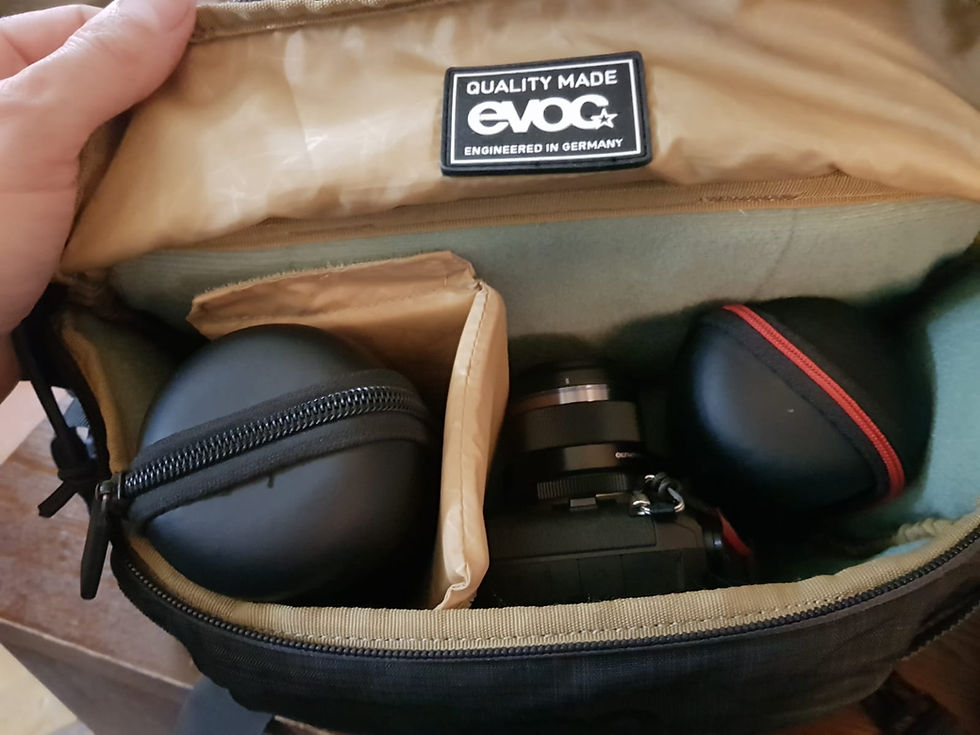
If we use a larger lens, like the Panasonic 12-60, our options are only slightly more limited. Below is a two-camera setup. with the Olympus 45mm 1.8 mounted on the second camera. It could be possible to squeeze the Samyang pouch in too.

Evoc Hip Pack Capture 7 - Performance and Verdict
It is generally not ideal to cram as much as possible into the bag as it compromises one of its main advantages - ease and speed of use. With the appropriately sized kit, the bag offers rapid top-loading access to the camera, without the need to take the bag off. It is simply a matter of swivelling it around your hips and grabbing the camera. When you're on a trail or stopping at the side of the road to take photos, maintaining quick and easy access to the camera is essential. If it becomes a chore, you become increasingly likely to simply not bother taking the camera out. This is compounded when you're riding in a group, some of whom may be not be taking photographs. In practice, we've found that when riding with larger lenses like the Panasonic 12-60 F2.8, it is inconvenient to fit the lens hood. We often don't bother to take it or we pack it in the front compartment. Apart from that, the bag is wonderful for any kind of road, gravel or MTB ride. We really value the ability to pack two cameras with lenses mounted and to only change lenses during the day when we really feel the need. Having small alternatives in a safe pouch means we shoot with our preferred primes and change if necessary. We prefer this setup, rather than using a lower quality super zoom optic. Recommendations for Evoc Hip Pack Capture and Micro Four Thirds If you have two cameras and possibly several lenses this bag a great option and it obviously works well with a single lens and single-camera setup. We find we can take our full MFT camera system with us and not feel compromised with our choices. In fact, there are not really any compromises to speak of.
Even larger lenses like the "Olympus 40-150 2.8 Pro" fits in the bag with another camera and lens mounted, but we recommend choosing small lenses
Don't carry large lens hoods - or store them in the front compartment
Bag excels with compact cameras and small primes
With the smallest setups, there is plenty of room for other cycling gear
Think Tank Turn Style 5
Another superb bag that we only use for road bike rides with our MFT gear. It has a smaller capacity than the Evoc bag and the shape does not lend itself to larger body cameras or longer lenses.
We often like to travel super light, and the single-camera with 2 lenses in a pouch setup works really well. Again, we can make most combinations of lenses and cameras work. However, with this bag, we prefer to pack a single camera to keep access and closure super quick.


Think Tank Turnstyle 5L and Micro Four Thirds - Performance and Verdict
We tend to use this bag when travelling light and so rarely take lots of kit. It's mainly used on the road bike for landscape or people/riders in environmental portrait shots or close up portraits. We're usually happy with one wide and one long lens and we'll normally take one camera, mount the 15mm Panasonic or Sigma 30mm 1.4 and keep a telephoto and the fisheye in a pouch.
Recommendations for Think Tank Turnstyle and Micro Four Thirds
We generally prefer using small primes for a compact camera setup with this bag. This gives us the flexibility to pack additional small lenses. Again, we tend to forego mounting lens hoods when using this bag, but we do carry with them with our MFT gear if it is going to be sunny.
Don't use larger and longer 2.8 Zooms, especially telephoto zooms
Don't carry large lens hoods e.g Olympus 40-150 2.8
Keep the bag light and don't cram it full, to speed up swinging it around to your chest for rapid opening and closing
Other Micro Four Thirds Cameras There are many other cameras in the MFT system, a lot of which are even smaller than the Olympus OM-D E-M10MkIII that we use. We did try a Panasonic GX880, which is tiny but does not come with a viewfinder. In Valencia, during the sunny months (most of the year) we find a viewfinder essential. There also many smaller and slower zooms available for the system. Our recommendations will also work with the smaller cameras and lenses. In these cases, both bags work well and can be used to more store food, phones, wallets, and cycling gear.
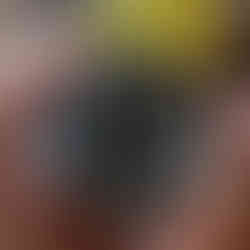


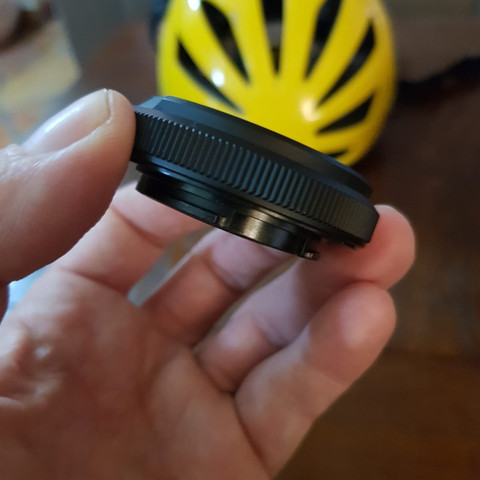

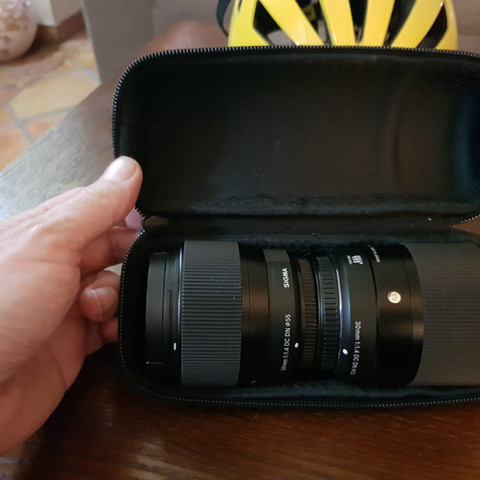
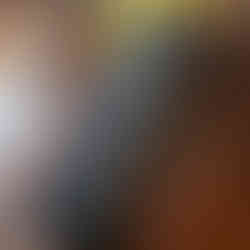

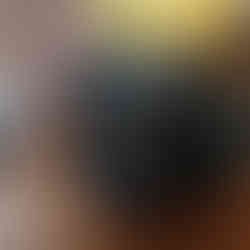

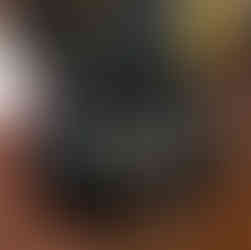



Comments